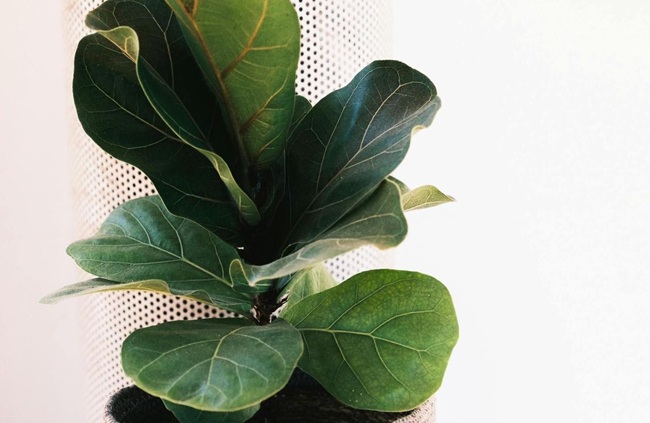
The fiddle leaf fig (Ficus lyrata) has become one of the most popular houseplants, admired for its large, glossy, violin-shaped leaves. With its striking appearance and air-purifying qualities, it makes an excellent addition to any home. However, caring for a fiddle leaf fig requires some attention to detail. Here’s how to keep your plant thriving.
Ideal Growing Conditions
1. Light: Fiddle leaf figs need bright, indirect sunlight. Place them near a large window with filtered light, but avoid direct sun exposure, which can scorch the leaves. If your home lacks natural light, consider using a grow light to supplement.
2. Temperature and Humidity: These plants thrive in warm, humid conditions. Keep temperatures between 65-75°F and avoid placing them near drafts, air conditioners, or heaters. If humidity is low, use a humidifier or mist the leaves occasionally.
Watering and Feeding
1. Watering: Overwatering is a common mistake. Water when the top 1-2 inches of soil are dry, typically once a week. Ensure the pot has proper drainage to prevent root rot.
2. Feeding: During the growing season (spring and summer), feed your plant with a balanced liquid fertilizer once a month. Reduce feeding in fall and winter when growth slows.
Maintenance and Common Issues
1. Pruning and Cleaning: Trim any damaged or yellowing leaves to encourage healthy growth. Wipe the leaves with a damp cloth to remove dust and allow better light absorption.
2. Repotting: Repot your fiddle leaf fig every 1-2 years or when roots outgrow the pot. Use well-draining soil and a container with drainage holes.
Common Problems
- Brown spots: Often caused by overwatering or fungal infections.
- Drooping leaves: A sign of inconsistent watering.
- Leaf drop: Can be due to sudden environmental changes, such as moving locations or changes in temperature.
Final Thoughts
With the right care, a fiddle leaf fig can be a stunning and rewarding houseplant. Pay attention to its light, water, and humidity needs, and you’ll enjoy its beauty for years to come.



Comment here